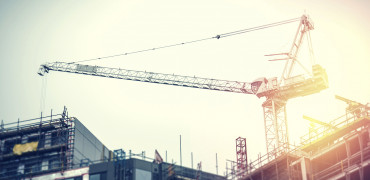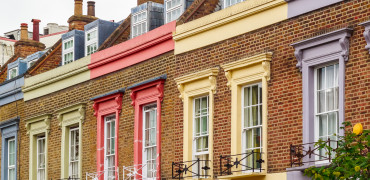It can’t have escaped your notice that we have just been through one of the longest hot spells in living memory – and it is not over yet, despite some welcome rain recently.
In fact, predictions from the Met Office indicate that if things return to their baking recent levels, we could be heading for the hottest summer ever, outranking the epic heatwave of 1976.
No surprise that as a result, there has been the predictable marketing to UK homeowners to persuade them to install air conditioning or some form of cooling system, aligned with consumers’ understandable desire to get some relief.
A more holistic approach to design is needed
Higher energy bills
Committing to a full air conditioning solution (which might be the only way to achieve full-blown cooling on the hottest days) is a major undertaking however.
They will not only be looking at installation costs of several thousands for an average home, but they will also have to swallow the increases in electricity consumption.
While they might sweat a bit less thanks to the cold air blowing around their home, that will only offset the increase in perspiration when the bill lands on their mat (or in their email inbox).
There is a case to be made that the vast majority of UK homes do not need energy-hungry cooling to be installed purely to alleviate the few days or nights when it is uncomfortably hot.
Free cooling
Despite the heat which can be exacerbated by increasingly air-tight new construction, what they actually need is better ventilation – and some ventilation systems will even offer ‘free’ cooling to help during really hot spells.
The logic behind Mechanical ventilation with Heat Recovery (MVHR) is of course that our increasingly air tight homes should not be ventilated by solutions which reproduce window opening, as it cancels out the benefit of that air-tightness.
However by transferring the hot air from stale outgoing air to fresh incoming air, the challenge of successfully cooling a house to alleviate unbearably hot summer nights isn’t met.
Some systems are available which can switch that heating of incoming air off, so that the incoming air brings cool relief and the stale hot air is vented outside, which means that the system will, for no extra charge, be a cool solution for the home.
One size won’t fit all
There will always be exceptions of course such as the elderly and vulnerable who need a more fundamental cooling solution – it can’t be one size fits-all approach.
However for the vast majority of homes there are short term ventilation solutions which can solve the problems during heat waves.
That said, there is now a move towards inner city apartments, with sealed windows, in multi-use buildings, where a more holistic approach to the whole heating, cooling and ventilation mix is required.
This is different matter, and the ventilation industry needs to work hard with building owners to identify ways to both ensure quality of life for occupants, and meet our onerous, and legally-binding carbon reduction targets.
In summary
As the UK strives to provide approaches which are suitable to both new-build and retro-fit contexts, and which will cope with our increasingly extreme seasons when it comes to temperature peaks and drops, the challenge is acute.
While solutions are available which can remedy the immediate problems for homeowners, a more holistic approach to design which combines air-tightness with a fundamental concern for health and comfort is what is really needed.
James Parker is editor of Housebuilder & Developer



